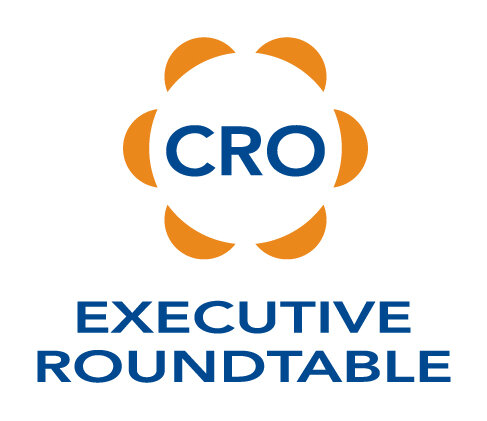CRO Rule #4
For a shorter sell cycle, your Differentiating Value message(s) should be directed toward the emotional decision maker, describing what he/she will lose without you.
People make decisions emotionally and later justify them intellectually. This fact is critical to understanding the purpose of finding the emotional decision maker in any potential deal. I explain how this principle works in my book, but for brevity let me offer this excerpt:
The emotional decision maker can be described as the one who suffers the consequences of life without you.
…
Emotional decision makers are usually harder to find, easier to close, not as price sensitive, and can typically tell the technical buyer what to do.
This fact is paramount as you develop, refine and implement your Differentiating Value.






